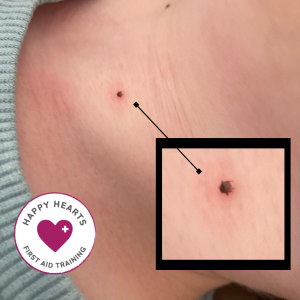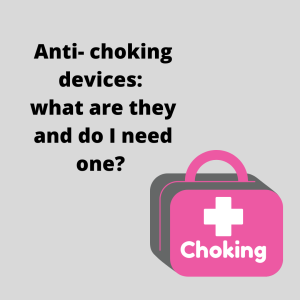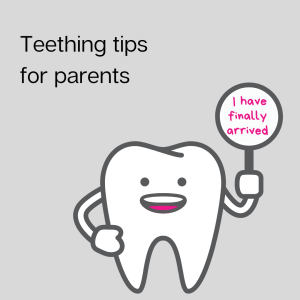Febrile seizures, or febrile convulsions, are the most common type of seizures that can happen to babies and children. This blog will talk you through some common myths, and the ways that you CAN help if your little one is having a febrile seizure.
IF (and it is only an IF) your child experiences febrile seizures, they are most common between the ages of 6 months old and 6 years old. They are triggered by a high temperature, or a quick rise in temperature. They are terribly frightening to witness… with stiffness, shaking of the body and becoming unresponsive the most common signs.
I have deciphered the content of this email from the NICE guidelines, Up To Date and the very user friendly and resource-rich Epilepsy Action.
5 common myths about febrile seizures… and what to do instead:
- Myth: Every baby/ child who has a high temperature will fit. Fact: They happen to around 3 or 4 out of every 100 children under the age of 6. So no, absolutely not every child.
- Myth: There is nothing I can do if my child has a seizure. Fact: there is actually a lot you can do! Your priorities are getting help and keeping them safe. Always call an ambulance if it’s the first seizure witnessed. Keep the casualty’s head and body safe by moving any nearby furniture, or using blankets or pillows to stop them injuring themselves on anything you cannot move. Record the length of time the seizure goes for. Once the seizure has finished, ensure they are breathing and place in the recovery position (this bit is really important). Be mindful that this has occurred because of a high temperature, so don’t wrap them up to keep them warm.
- Myth: If my child has had a febrile seizure, they will continue to have these for life. Fact: Following the first febrile seizure, only about one-third of children will have reoccurring temperature-related seizures. Also, importantly, if they experience “simple” febrile seizures, they tend to grow out of them once the area of the brain that controls temperature matures at around the age of 5/6 years old.
- Myth: If someone is having a seizure, I have to do something with their tongue?? Fact: Baby, child or adult… do not place anything in their mouth. Once the seizure has finished, placing them into the recovery position and monitoring their breathing is absolutely the safest position for them. It will ensure their airway is kept open, and anything in their mouth will drain out. Putting a casualty into the recovery position moves their tongue out the way so it is no longer a possible cause of obstruction.
- Myth: My child cannot hear me if they are having a seizure. Fact: hearing is the last sense to go. We always have to assume that a casualty can hear every word we are saying. So use your voice as a tool. Keep calm. Keep in control. This will be so reassuring for the casualty to hear.
Do you feel a little more at ease about this nasty topic? That was my ultimate aim.
Click here to book into a Baby & Child First Aid session to learn more about management of a seizure.



